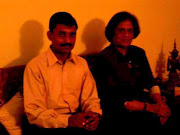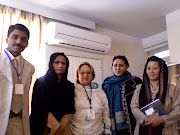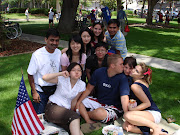Sri Lanka
The troubles over Sri Lanka's tsunami aid distribution has reached a climax after the Sri Lankan government and the LTTE signed a memorandum of understanding on 24 June 2005 for setting up a joint mechanism (JM) to carry out the post- tsunami reconstruction work. This is called as the Post Tsunami Operational Management Structure (P-TOMS). The final document on the JM was presented to the Sri Lankan Parliament amidst protests by the Janatha Vimukthi Peramuna (JVP) and by the Muslim supporters. Why should JVP, since then a part of the government, protest? Why should the Muslims oppose the JM? In what way international actors have influenced this JM?
The P-TOMS, said as a simple a mechanism aimed at planning to share US $4.0 billion in the international tsunami aid with the LTTE and the
International donors have pledged four billion US dollars in post-conflict reconstruction aid and added another billion US dollars for the tsunami reconstruction effort.
On the contrary, the argument the JVP parliamentary leaders endeavored to develop in Sri Lanka’s legislature in opposing the signing of the Joint Mechanism is that the LTTE, which has waged war against the Government of Sri Lanka since 1983 to win a separate state and subsequently an internationally-recognized ‘statehood’, will soon satisfy the basic criteria set out by the Montevideo Convention to gain the United Nations recognition for a “State of Tamil Eelam.”
LTTE on its part, went about systematically to organize its international effort to collect support in cash and kind from all over the world directly, independent of TRO’s own efforts. It set up special action committees for collecting funds in ten countries including
However the Muslims, who were one among the worst hit in the tsunami tragedy, feel that they have been cheated in the secret tripartite parleys between the government, the LTTE and the Norwegian peace brokers on the Joint Mechanism. It was accused that the document on the mechanism finalized after several rounds of discussions tends to favor the LTTE and has ‘not recognized the immense suffering borne by the Muslims’. A Muslim leader said that ‘the Muslims want parity (with LTTE), if not a majority, as a basic safeguard’.
Thus, the Tsunami offered both the Sri Lankan government and LTTE a very good opportunity to set aside their differences for the time being and get involved in relief and rehabilitation work together. It is time they put their money where their mouth is and convert their mere proposal into concrete action now. Isn’t it true that, ‘natural calamities are great levellers as they affect friend and foe alike’?












No comments:
Post a Comment